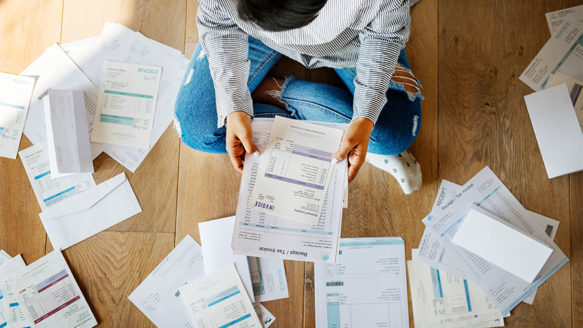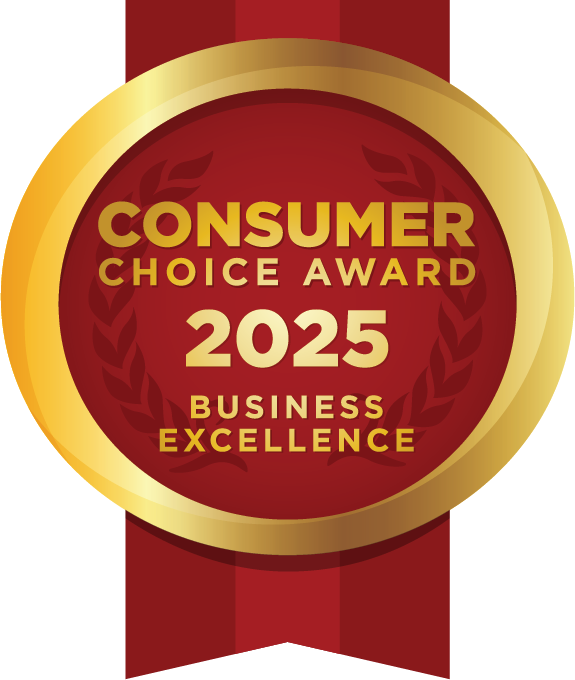
Line of Credit Basics: What is a Line of Credit and How Does it Work?
Navigating the world of finance can sometimes be like trying to learn a new language. There are so many different ways to borrow money and it’s important to understand all of your options, how much they’ll cost you in interest and any risks. You may have heard of people getting a “line of credit” to borrow money for unexpected expenses, purchases or to pay back debt, but like many others, you may be wondering whether it’s an option for you. In this blog post, we’ll demystify what lines of credit are, how they work, the different types available, and how they could potentially benefit you.
What is a Line of Credit?
A line of credit is a type of loan that allows you to borrow money up to a pre-set limit. Unlike many loans, there are no specific requirements on how you should use these funds, providing a high degree of flexibility. You can opt to use a fraction or the whole amount, limited only by the specified maximum.
The repayment model is just as flexible, enabling you to pay back the amount you borrowed at any point. You’re obligated to pay interest only on the money you borrow. However, certain lines of credit may come with fees, like registration or administration fees. It’s advisable to check with your financial institution regarding any potential fees.
How Does a Line of Credit Work?
You can borrow from your line of credit whenever you need, up to the maximum amount set by your bank or financial institution. Unlike a traditional loan where you start accruing interest immediately on the full loan amount, with a line of credit, you only owe interest on the amount that you actually borrow.
It may be helpful to think of a line of credit as a pool of money that a bank or lender offers you. You can take out money from this pool whenever you need, up to the limit. You only pay interest on the money you’ve taken out, not the whole pool of money.
For example, if you have a line of credit of $10,000 and you take out $2,000, you only pay interest on the $2,000, not the full $10,000.
When you pay back the money you’ve taken out, it goes back into the pool, and you can borrow it again if you need to. This is flexible because it lets you borrow money as you need it, rather than taking out a big loan all at once.
The Difference Between a Secured and Unsecured Line of Credit
A secured line of credit is a loan where you offer something valuable you own, like your house or car, as a guarantee to the lender. This means if you can’t pay back the money, the lender has the right to take this asset in exchange. This is less risky for the lender, so they usually offer lower interest rates.
On the other hand, an unsecured line of credit doesn’t need a specific valuable item as a guarantee. Instead, the lender trusts you based on your credit history and financial stability. If you can’t pay back the money, the lender can’t automatically take your property, but they can take legal actions. Because this type of loan is riskier for the lender, it usually comes with higher interest rates.
Types of Lines of Credit
Home Equity Line of Credit (HELOC)
A HELOC is a type of secured line of credit that uses your home’s value as collateral. It allows you to borrow against the equity in your home, often at a lower interest rate compared to other types of credit.
It may be helpful to think of a home equity line of credit as similar to a credit card, but instead of the bank deciding your limit, it’s based on the part of your house you truly own – your home equity. It’s like the bank saying, “Hey, since you’ve paid for part of your house, we’ll let you borrow some money if you need it, and you can pay us back little by little, just like a credit card.” Because this is a secured loan, it may result in a lower interest rate making it an attractive loan option.
Student Line of Credit
A student line of credit, an alternative to a student loan, is designed to help students pay for expenses related to their education. The funds can be used for tuition, books, housing, or any other expenses students encounter.
Personal Line of Credit
A personal line of credit can be used for various personal expenses, such as consolidating debt, financing a wedding, or covering unexpected costs. They can be either secured or unsecured, with the latter typically requiring a higher credit score.
Business Line of Credit
A business line of credit is a flexible loan option that companies can use to finance short-term operational needs like inventory purchases, payroll, or dealing with seasonal revenue fluctuations.
Line of Credit Interest Rates
Typically, the interest rate on a line of credit is variable, meaning it can fluctuate over time. Interest starts accruing from the day you withdraw money and continues until you repay the entire balance.
Your credit score plays a vital role in determining the interest rate on your line of credit. A high credit score signals less risk to lenders and can result in a lower interest rate on your line of credit.
Pros and Cons of a Line of Credit
Like all financial products, lines of credit come with their advantages and disadvantages. On the plus side, lines of credit typically have a lower interest rate compared to credit cards or personal loans. Furthermore, you may not be charged set-up fees or annual administration fees, depending on the product and financial institution. To avoid unnecessary fees, consider banking with the same financial institution that provided your line of credit.
The flip side of easy access to funds is the risk of overspending. If you don’t manage your spending or if interest rates rise, you may find it difficult to repay your line of credit.
When Should You Consider a Line of Credit
Consider a line of credit if you need flexible access to funds for personal, educational, or business expenses. A line of credit can also be a useful tool for debt consolidation and paying down credit card debt,allowing you to replace multiple high-interest debts with a single, lower-interest one.
How to Apply for a Line of Credit
The application process for a line of credit involves submitting a credit application with a bank or other financial institution. The lender will review your credit history, income, and other relevant information to determine if you qualify. Learn more about the application process, what questions to ask and what to expect.
What Next?
A line of credit can be a powerful tool when used responsibly. It offers flexibility and potentially lower interest rates compared to other forms of credit. However, it’s essential to understand how it works to avoid pitfalls and stress about money. Always consider your financial situation and consult with a credit counsellor when in doubt. As always, if you have any further questions about lines of credit, give us a call – it’s free and there are no strings attached.
Frequently Asked Questions
Can you get a line of credit with bad credit?
Getting a line of credit with bad credit can be challenging as lenders consider you a higher risk. However, some financial institutions may offer secured lines of credit to individuals with poor credit.
Line of credit vs credit card: how to choose which one?
If you need to borrow money for a short period and can repay it quickly, a credit card may be a good option due to the grace period on interest. A line of credit might be better for larger, longer-term expenses or if you need cash.
Can I use a line of credit to buy a car?
Yes, you can use a line of credit to buy a car. However, an auto loan might be a better option as these typically have lower interest rates.
Can I get a line of credit with no credit check?
It’s rare to find a line of credit offer with no credit check. Lenders typically perform this check to assess your ability to repay borrowed funds.
Have questions?
Need more information or want to talk to an accredited financial counsellor for peace of mind? Let us help.
Call 1-888-294-0076 or book an appointment. It’s free for all Albertans.








